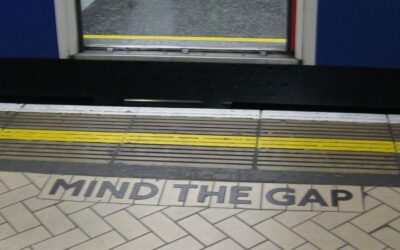By John Plassard, senior investment specialist at Mirabaud Group
While Berkshire Hathaway’s results exceeded investors’ expectations, it was Warren Buffett’s comments nearly a week ago that made the biggest impression: the company held $189 billion in liquid assets in the first quarter, and this figure could rise to $200 billion. The official reason for the cash pile is that there is no real target that meets the Oracle of Omaha’s investment criteria. But there is another reason: liquidity is making money today! Here is a review and analysis of an often-criticised theme.
The facts
According to the 10-Q documents, at the end of March, Berkshire Hathaway held $153 billion in Treasury bills, $24 billion more than three months earlier, almost $50 billion more than in March 2023 and $86 billion more than in March 2022 ($67 billion). It was in 2022 that Treasury bills began to generate significant interest again.
If Buffet’s company earns an average of 5.3% on its Treasuries in the current quarter, that would represent around $2.4 billion in risk-free interest income. By way of comparison, the company reported total pre-tax income of $15.7 billion for the first quarter. Income from Treasury bills is therefore significant.
Total Treasury bills, cash and cash equivalents climbed to $189 billion, an increase of $21 billion in three months and $59 billion year-on-year ($130 billion in Q1 2023).
So, Treasury bills are now all the rage at Berkshire Hathaway and Buffett has decided that they are a good deal, preferable to shares at current prices.
As proof, the company sold Apple and bought Treasury bonds with the proceeds, instead of other shares ….
A risk-free return of more than 5% while bracing for headwinds.
“I don’t think anyone sitting at this table has any idea how to use it effectively, and therefore we don’t use it”, said Buffett.
Where does the expression “cash is king” come from?
We hear the expression “cash is king” a lot, but we don’t really know how to explain it. Its origins are unclear, but it was popularised after the global stock market crash of 1987 by Pehr G. Gyllenhammar, then CEO of the Swedish car group Volvo.
Widely used during the global financial crisis of 2007-2008 and the great recession that followed, the term was also often used to describe companies that were able to avoid share offerings or bankruptcy.
In the investment world, investors who favour the “cash is king” formula may opt to buy short-term debt securities or certificates of deposit (CDs) rather than securities at a price considered too high.
Cash, cash equivalents and certain short-term debt securities lose their purchasing power over time if they do not offer a return that keeps pace with inflation. Holders of cash as a long-term investment may therefore earn a negative return over time.
For example, a dollar today is worth more than a dollar tomorrow, because of the time value of money.
Why does Warren Buffett like liquidity?
“We’d love to spend [the cash], but we won’t spend it unless we think they’re doing something that has very little risk and can make us a lot of money “, Buffett said during the press conference following the publication of his company’s results.
“We only swing at pitches we like”, he added. And for the moment, they like nothing more than Treasury bonds.
“As the world gets more sophisticated, complicated and intertwined, more can go wrong”, he said, and the company wants to be able to act when that happens. So, waiting for a sharp fall in share prices before using that cash at reasonable price levels.
Make way for 60/30/…10?!
Psychologically, we tell ourselves that equities and bonds are riskier than cash, which is why they should have a higher expected return. This is true, but not during all stages of the economic cycle.
As we have seen recently, cash can make money. The question then arises as to whether this is ‘viable’ in the medium/long term.
The best way to find out is to add “a share of liquidity” to a traditional and historic 60/40 portfolio (60% equities and 40% bonds). For example, by creating a 60/30/10 (60% equities, 30% bonds and 10% cash).
Over the last ten years, the returns on the 60/30/10 portfolio have been better than those on the 60/40 portfolio. This makes sense when you consider that we have just experienced the worst bond bear market in history.
Bonds have had better returns over the last 20, 30 and 40 years, but the annual returns of a 60/40 portfolio are not significantly better than those of a 60/30/10 portfolio over the long term.
But always remember that the best allocation is the one that matches your risk profile, time horizon and temperament.
Conclusion
The COVID crisis upended a lot of certainties, particularly the assertion that liquidity (cash) was worthless. However, the more monetary policy and the economy normalise, the more this asset (because it is one) will lose its attractiveness. Watch it closely.





